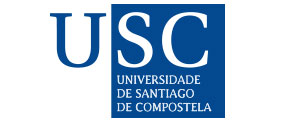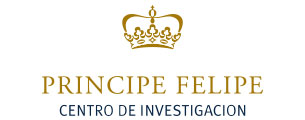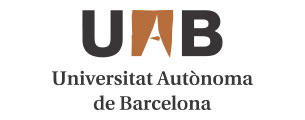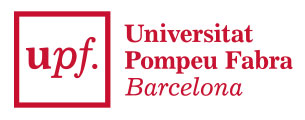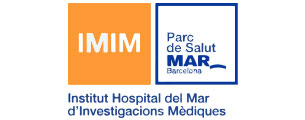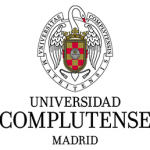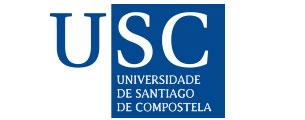
REDEFAR is a coordinated structure within the different stages of early drug discovery, adding value to each of the stages and reducing the intrinsic risks of the activities involved in disruptive science. It acts through an innovative relationship with the market aligned with the requirements of the pharmaceutical-biotechnological industry and with the aim of expediting drug discovery.
Transverse areas
Formation
Information
Management
Diffusion and exploitation of results
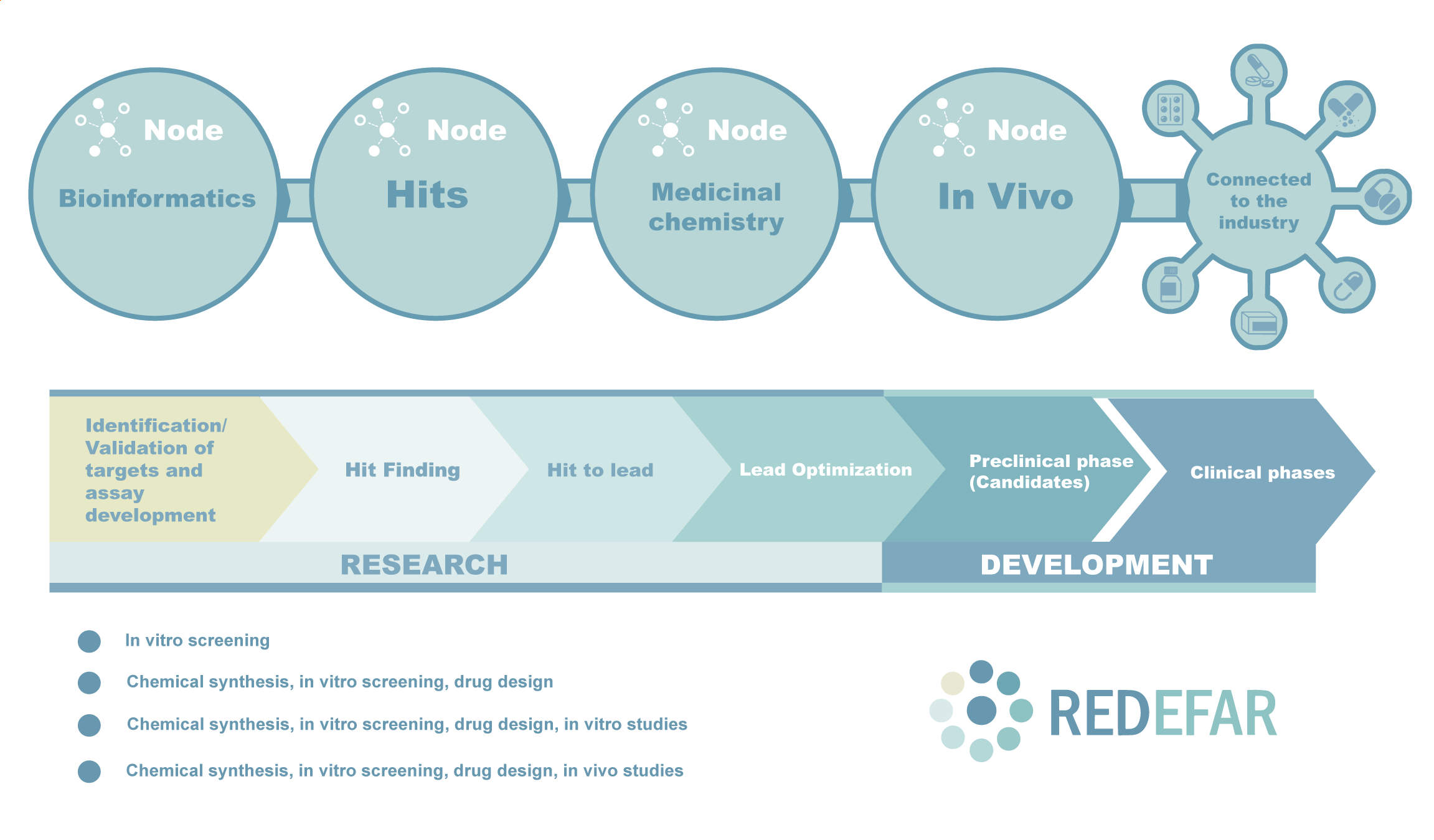
Network Nodes
The MEDINA Foundation is a not-for-profit drug discovery research centre that addresses medical needs not already covered. Established in the Health Sciences Technology Park (PTS) in Granada in 2008 as a result of a public-private alliance between the Junta de Andalucía, the University of Granada and MSD Spain, MEDINA was created as a result of a project carried out in the former MSD Spain basic research centre (CIBE) with more than 50 years of experience in discovering drugs based on natural products and the preclinical evaluation of new candidates.
The MEDINA Foundation research group includes researchers with long experience in the pharmaceutical sector, the biotechnology industry and academic centres. It operates as a multidisciplinary team with expertise in the fields of cell and molecular biology, microbiology, the chemistry of natural products, management of compounds, automation and bioinformatics.
MEDINA owns one of the largest libraries of extracts of natural compounds of microbial origin (130 000 samples) available for screening new drug compounds in its high throughput screening (HTS) platform. MEDINA maintains a large number of collaborations with national and international research groups, some of which are included in the European FP7 and IMI consortia in which the foundation participates, and it also undertakes projects with pharmaceutical and biotechnology companies. MEDINA is an associate member of the BEAM alliance of biotechnology companies aiming to discover new antibiotics and is also a founder member of the Spanish alliance for the discovery of new antibiotics (AD-ES).
It is one of the seven HTS platforms in the European ERIC EU-OPENSCREEN network.
The BioFarma/ Innopharma Platform research group has been involved in the application of academic research to early drug discovery since 1998, in collaboration with the pharmaceutical-biotechnology industry. It has developed 25 programmes in the field of drug discovery. These programmes are included in more than 90 projects and contracts financed by public and private organisms and have led to 15 compounds reaching clinical trials. The group has made available a chemical library of more than 60 000 compounds to public researchers in Spain. These compounds include drugs approved for repurposing in Europe, the US and Japan, exclusive compounds, sub-libraries focused on different families of targets and compounds selected from the catalogues of commercial providers on the basis of their lead-like properties, thus covering the maximum structural and biological space from in silico studies. The platform is specialized in the following:
- Pharmacogenomics, with High Throughput Screening (HTS) and High Content Screening (HCS) laboratories and also laboratories carrying out sequencing, ultrasequencing and nucleic acid expression in the search for targets and biomarkers of therapeutic responses, with expertise in Beta testing new assays for drug companies;
- Catalyzing academic innovation and translating research findings into valuable insights for drug discovery, thanks to the scientific-technical quality of the interdisciplinary team members, who have trained in the top international drug discovery research centres.
It is one of the seven HTS platforms in the European EU-OPENSCREEN network.
The CIPF pharmacological screening platform constitutes a technological service aimed at the biological/pharmacological evaluation of libraries of in-house compounds, as well as compounds from external organisms, with the aim of obtaining and characterizing novel, simple and combined bioactive agents under specific clinical conditions.
The platform’s objectives mainly involve identifying compounds that modulate key protein-protein and/or protein RNA interactions in human pathologies, as well as developing assays involving adult and embryonic stem cells (proliferation and differentiation). This type of assay can enable the development of personalised treatments, by patient stratification, and can also support the development of drugs in clinical trials, by accelerating the translation of laboratory findings to the patient.
The platform has available two libraries of chemical compounds (Myriad and Prestwick) including more than 11 000 compounds. It also has a chemical library of fragments for conducting modular pharmacological screening by interactions with proteins selected in NMR studies. This approach enables the identification of different types of biomarkers. The platform also has a Laboratory of Therapeutic Polymers, the first of its kind in Spain, led by Dr Maria J. Vicent and consolidated by concession of an ERC Consolidator Grant (MyNano).
It is one of the specialised platforms in the European ERIC EU-OPENSCREEN screening network.
The Computational Medicine Laboratory (LMC) of the Medical Faculty of the Autonomous University of Barcelona is working on a wide range of projects focusing on translational bioinformatics. Computational tools, ranging from statistical methods and data mining to molecular dynamics techniques, are used to analyse genes, proteins and their interactions with drugs.
LMC possesses the necessary informatics equipment required to carry out this project. The laboratory currently has a computer network that includes 14 servers with 48-core AMD Interlagos (672 nuclei in total) and 15 servers with 20-core Intel Xeon E5 V3 and two NVIDIA GTX980 graphics cards (300 nuclei + 30 GTX980 in total) for intensive calculations. It also has access to the Marenostrum supercomputer in the Barcelona Supercomputing Centre. The huge amount of data generated in this type of study is stored by data server NetApp (48 Tb). Likewise, the LMC has installed the following bioinformatics software: MOE, Chemical Computing Group; Discovery Studio, Accelrys; PyMOL, Schrödinger; LigandScout, Inteligand; GRASP, UCLA; GOLD, Cambridge Crystallographic Data Centre; AMBER, UCSF; NAMD, University of Illinois; GROMACS; GAUSSIAN, Gaussian Inc; SPSS, SPSS Inc.
Hospital del Mar Medical Research Institute
Ferrán Sanz
Knowledge management and toxicological prediction
The research programme on biomedical informatics (GRIB) is a joint programme managed by the Hospital del Mar Medical Research Institute (IMIM) and the Pompeu Fabra University (UPF). The GRIB conducts basic research and develops tools for applying information technology and computational methods in health and life sciences. The GRIB is composed by more than 60 scientists and technical and management personnel. The GRIB research groups include the Pharmacoinformatics (M. Pastor), Systems Pharmacology (J. Mestres) and Integrated Biomedical Informatics (L. Furlong) groups, which will be active participants in this network.
The GRIB has wide experience in collaborating with the pharmaceutical-biotechnology industry. It is the Biomedical Informatics node of the National Bioinformatics Institute (INB) and is a member of the European ELIXIR-EXCELLERATE bioinformatics platform.
The director of the GRIB, Ferrán Sanz, is the academic coordinator of the eTOX Project for the in silico prediction of drug toxicity (http://www.e-tox.net/) . and is also, or has been, involved in many other projects financed by the European Union, as well as being the academic coordinator of the Spanish platform for innovative medicines and scientific director of Bioinformatics Barcelona (BiB).
The Medicinal Chemistry Laboratory of the Complutense University, Madrid(http://www.ucm.es/info/quimicamedica), is headed by Prof. María Luz López Rodríguez. The 17 members of the research group have extensive training and experience in the field of medicinal chemistry and a demonstrated capacity to undertake basic and applied and translational research. The group has made important progress in the fields of medicinal chemistry and biochemistry (identification of 5-HT1A agonists that reached clinical trials, validation of FASN and ICMT enzymes as oncological targets, discovery of a new mitochondrial cannabinoid receptor by using a chemical probe, development of an allosteric modulator of the GLP1 receptor for the treatment of type 2 diabetes, validation of the MAGL enzyme as a target in multiple sclerosis).
As proof of the therapeutic interest of the results generated, members of the group have been granted 6 patents currently being used in the pharmaceutical industry. In addition, the group has signed 10 contracts with companies in the sector: UCB Pharma, Exonhit Therapeutics, Italfarmaco and ViviaBiotech within the framework of the INNPACTO programme.
The Medicinal Chemistry and Translational Biology Group, located in the Biological Research Centre of the Spanish National Research Council (http://www.chemphysbiol.org/research), is a multidisciplinary group formed by chemists, pharmacists and biologists. The aim of the group is to design and develop innovative drugs for neurological and parasitic diseases. The group members have experience in molecular modelling and chemoinformatics, organic synthesis, biological screening, optimization of ADMETox properties, and business management.
The group habitually uses cutting-edge technology, such as chemical genetics, dynamic combinatorial chemistry, solid phase synthesis, and applies various procedures towards sustainable, “green” chemistry, such as biocatalysis and microwave-assisted synthesis. The group has its own chemical library of privileged structures with central nervous system activity.
The group’s research, at the frontier between basic and applied drug discovery research, has a high translational content.
The group’s research programmes range from early stages of drug discovery to proof of efficacy in representative animal models. Scientific collaborations and technology transfer to pharmaceutical businesses are key to achieving the research objectives. The internal policy of the group involves patenting the results prior to publication and working actively on the transfer of the results. A spin-off company, ANKAR PHARMA, was created in February 2014 with the aim of supporting the transfer of the research findings on new drugs from laboratory to clinical phases.
The Functional Obesidomics and Molecular Metabolism research group (USC), led by Carlos Diéguez, is one of the leading European groups in the physiopathology of obesity. Carlos Diéguez has more than 400 publications, more than 8000 citations and an H-index of 65 (ISI Web of Knowledge). In addition to this good publication record and having captured large amounts of funding the group is noted for its training of top quality researchers: supervision of 22 theses has contributed to capturing two Starting Grants from the European Research Council (ERC) for researchers trained within the group.
The research group is associated with the USC’s Centre of Biological Experimentation (CEBEGA), which is becoming consolidated as one of the reference centres in animal experimentation in Spain.
The group has available sophisticated technology for in vivo studies evaluating targets related to energy balance and metabolic homeostasis. The most important of these include the following:
- Sophisticated indirect calorimetry equipment (TSE, Germany) which enables precise monitoring of ingestion of food/water, locomotory activity and energy expenditure every 30 min during one week. The system enables the simultaneous monitoring of 24 animals under the desired temperature conditions.
- Thermal imaging camera for measuring brown adipose tissue (BAT) temperature.
- Glucose clamp system for determining glucose homeostasis in small animals (mice/rats).
- NMR for evaluation of body composition.
- Extensive experience in immunoassays for quantifying different hormones /adipokines.
- Extensive experience in ISH, stereotaxis, cannulation of animals in freely-moving regimes, etc.
The technology described has been successfully used by the group, leading to publication of results in high impact journals (e.g. Nat Medicine, Cell Metabolism, Gastroenterology, Diabetes).
The Neuropsycopharmacology research group (Area 5, Medicines and Vaccines) of the Malaga Biomedical Research Institute (IBIMA) is linked to the Clinical Management of Mental Health Unit in the Malaga Regional University Hospital. The group has more than 20 years of experience in independent research in the field of pharmacology, particularly focused on the neuropharmacology of motivated behaviours and the pharmacology of obesity and associated metabolic disorders. The group has published more than 200 scientific articles, some in top ranked journals.
The group has been involved in research leading to 15 industrial patents, many of which are being exploited by independent companies. The main input of the group in relation to addictive and metabolic disorders has been in the discovery of the central and peripheral roles of the lipid oleoylethanolamide (OEA), the first endogenous PPARα agonist, in regulating appetite/satiety. The group has also synthesized OEA analogues capable of reducing ingestion of food and decreasing hyperlipidaemia and has characterized the peripheral actions of endocannabinoids in regulating energy metabolism.
The group has extensive experience in the following types of tests: ingestion/satiety, self-feeding, flavour preference, aversion and metabolic balance (metabolic cages), self-administration (intravenous and oral) of drugs of abuse, anxiety, depression and conditioned fear (Elevated Plus Maze), spatial learning and memory (Y Maze, Morris Water Maze, Radial Arm Maze), discrimination of neuroleptics (Prepulse Inhibition), social interaction and stereotypical behaviour, and conditioned place preference (CPP).

